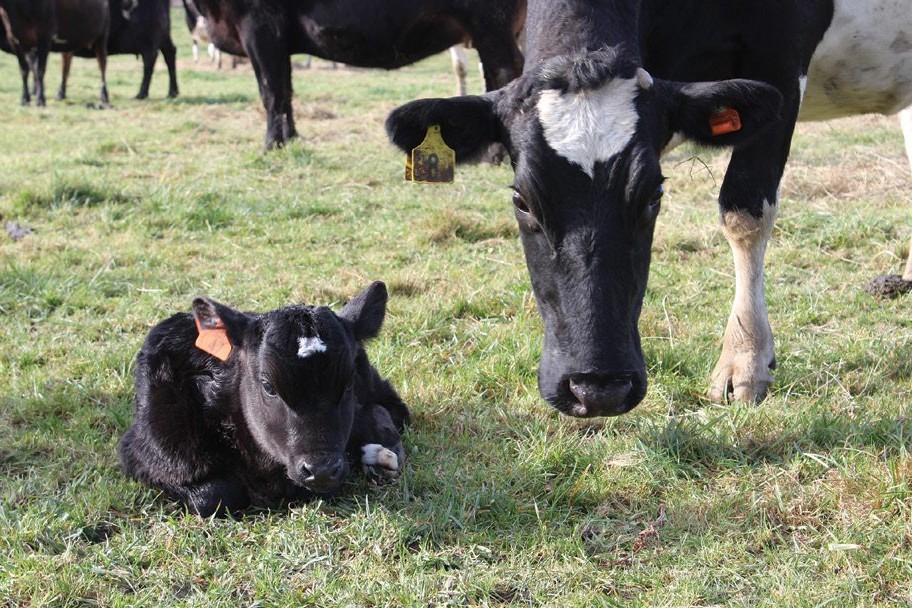Calves arrive earlier
Nationwide, cows’ gestation length is getting shorter. By Karen Trebilcock.

The old rule of adding nine days and nine months to get a calving date from the mating date is no longer working on New Zealand dairy farms.
A dairy cow’s biological gestation length is 282 days but Premier Sires calves born last year and this year, according to MINDA, were born on average only 279 and a half days after mating.
LIC NZ Markets general manager Malcolm Ellis said older cows, aged four to eight, calved after 280 and a half days.
“So there seems there is a general creep towards shorter gestation lengths in the national herd with younger cows calving earlier.”
However, it’s not a trait LIC is specifically selecting bulls for.
“We have never had a primary selection criterion on gestation length but it is highly likely that females with shorter gestation lengths will have positively impacted reproductive performance and therefore fertility breeding value (BV) so there will be a degree of natural selection.
“The fertility BV measures how quickly a cow cycles and gets in calf so if it has had more days to recover after calving then it is more likely to get back in calf.”
While beef breeds tend to have longer gestation lengths, the shorter gestation lengths observed were across all dairy breeds.
LIC’s Premier Sires bull teams available this year for mating had a weighted average gestation length of between -0.6 days to -6.3 days less than the biological average.
Half of this is transferred with the mating so if a bull with minus six days gestation length was mated with a cow ranked at 0.0 days, then the gestation length for that mating would be three days shorter than the biological starting point of 282 days.
Although bulls’ gestation lengths were known, either through daughters born or predicted through genomics, a cow’s ranking could be uncertain if she had not been recorded correctly.
The gestation lengths of the bull and cow from an individual mating feeds into MINDA’s Expected Calving Report so farmers are aware if their calving dates will be earlier than expected.
“We do have farmers ringing us up to say these two cows were mated on the same day but their expected calving on the MINDA report is days apart,” Malcolm said.
“It’s because of the gestation length of the individual cow and the bull.”
Checking the report was becoming essential to make sure cows were home in time for calving from runoffs and off crop and staff were on hand.
Farmers also had to understand cows could calve 10 days earlier or later than the expected due date.
Although some farmers were already shifting mating dates backwards because of the shorter gestation lengths, there was also the possibility of taking more days in milk.
“If you have your spring pasture management finely tuned with well-balanced pasture growth/feed on hand and cow requirements, then you should perhaps be looking at delaying the start of mating by the estimated impact of gestation length.
“However, two and a half days is a lot.
“If you keep the start of mating the same and if you are calving two and a half days earlier and you have a 1000-cow herd, then that is 2500 extra days of milk you’re getting each season.
“Whatever you decide to do, a shorter gestation length helps the cow get back in calf as it gives it a longer time to recover from calving. This in itself can positively impact cow fertility.”




